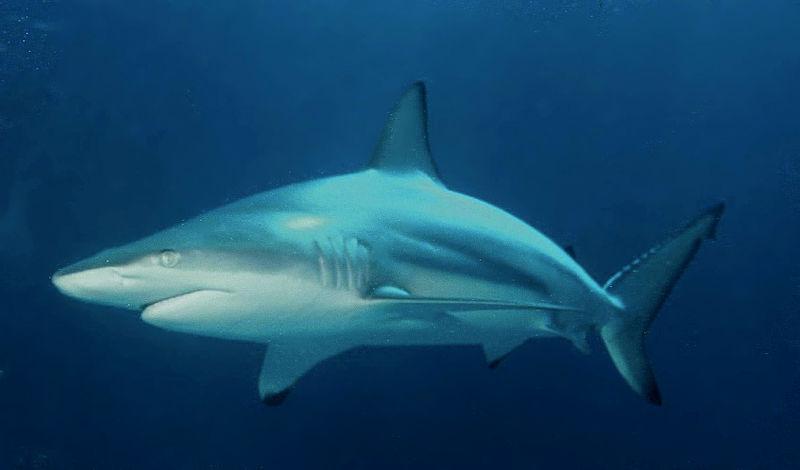A man said he was bitten by a shark in 1994, and 25 years later, he removed its tooth from his foot.
Jeff Weakley was surfing off a beach in Florida, according to a news release from the Florida Museum of Natural History. He first thought he had a blister that came from running.





